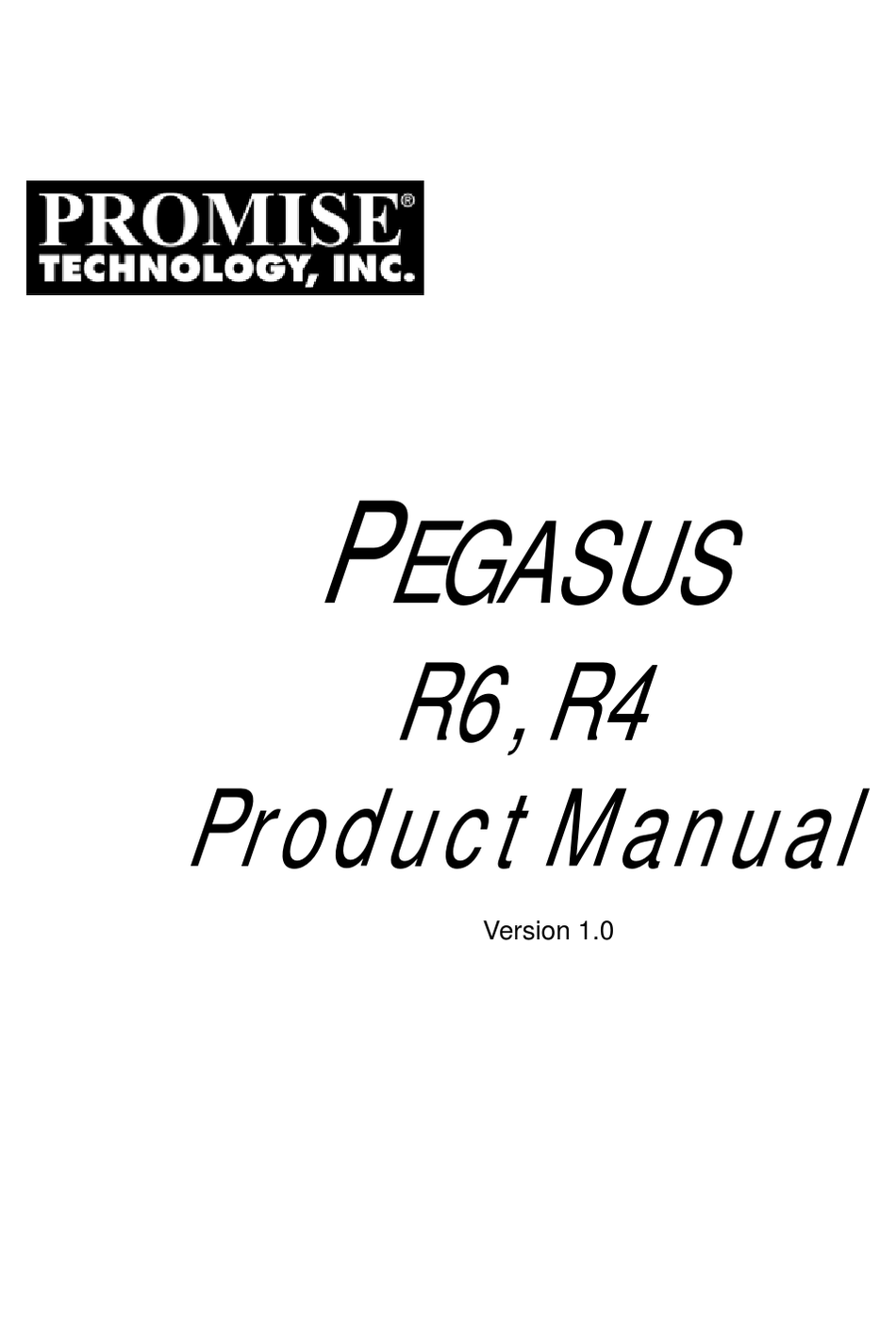
- #Promise pegasus r4 mac sierra for mac
- #Promise pegasus r4 mac sierra install
- #Promise pegasus r4 mac sierra pro
- #Promise pegasus r4 mac sierra mac
This one-time synchronization takes several hours and may result in reduced performance during this time period. Initially, the R4i will need to go through its synchronization, which runs as a background process. It’s more than enough for 4K workflows and higher. Promise notes that users can experience up to 680 MB/s in RAID5, which is largely what I experienced when running speed tests and file transfer tests. Speed wise, the Pegasus R4i is relatively fast.
#Promise pegasus r4 mac sierra mac
It’s a significant drop, but 24TB is still a lot of storage to have on tap inside the Mac Pro.

So if you have a four-bay unit with four 8TB drives, your 32TB is reduced to 24TB. The downside of RAID 5 is that you lose the equivalent of one unit of storage outright. For the record, I’ve never had a drive fail in all of my years of using Promise products, but it happens, so it makes sense to use a RAID config with built-in redundancy. RAID 5 provides much-needed redundancy so that if one of the drives fails, you can replace it with a spare without losing the whole array. The R4i comes preconfigured in a RAID 5 setup, and that’s how I recommend using the unit.
#Promise pegasus r4 mac sierra install
Once booted, you’ll want to install the Promise Utility software, which allows you to manage the RAID array, change settings, monitor background processes, see event information, etc. Removing the cables means one less possible point of failure to worry about.

Although you’ll usually be able to recover from such occurrences in Final Cut Pro, it’s still scary when it happens.
#Promise pegasus r4 mac sierra pro
On a few rare occasions, I’ve accidentally unplugged the wrong Thunderbolt 3 cable, causing my Final Cut Pro X library stored on my DAS to go offline mid-edit. Because the R4i is internal, there are no Thunderbolt 3 or power cables to deal with. The internal MPX Module presents one of the biggest advantages of the Pegasus R4i over standalone external setups. Once installed, replace the aluminum housing, and fire up the machine. Simply slide off the Mac Pro aluminum housing, locate an empty MPX bay, and install the unit inside the Mac Pro. The Promise Pegasus R4i can be installed in either of the two MPX bays inside of the Mac Pro. Those $400 wheels are starting to look better and better each passing day. This means an additional 10 pounds added to an already heavy Mac Pro. Without the four drives, the R4i doesn’t weigh much, but that weight quickly balloons to nearly 10 pounds with the four drives installed. Unlocking the bays allows you to remove and replace a drive with ease, thanks to a handy rail system that guides the drives along tracks that allow it to meet the connector at the rear of each individual bay. The R4i is designed with two drive bays stacked on each side, with a locking switch to lock each pair of drives in place. Promise says that it will eventually offer the R4i in differing storage capacities. These drives can be found individually in the high $300s, which means this unit contains around ~$1400 in drives alone. The unit features four 3.5-inch drive bays with four 8TB 7200rpm Toshiba MD06ACA800V surveillance SATA HDDs pre-formatted and pre-installed. Subscribe to 9to5mac on YouTube for more videos Configuration There are no power cables, or Thunderbolt 3 cables required because the unit directly connects to your Mac Pro logic board via the PCIe and MPX connectors. Inside the box, you’ll find some instructions, along with the Promise Pegasus R4i. Advanced RAID engine supports RAID 0, 1, 5, 6, and 10.

#Promise pegasus r4 mac sierra for mac


 0 kommentar(er)
0 kommentar(er)
